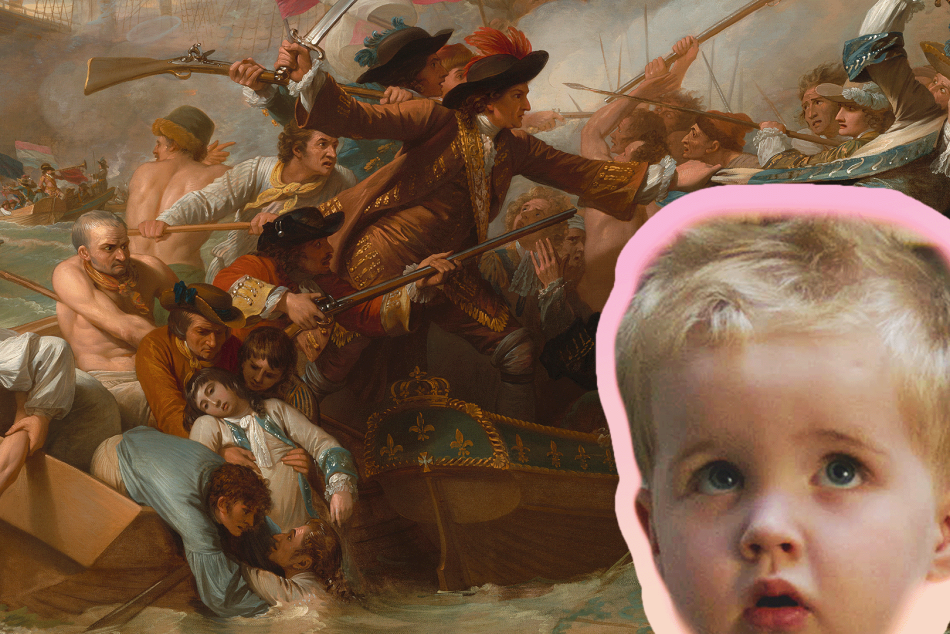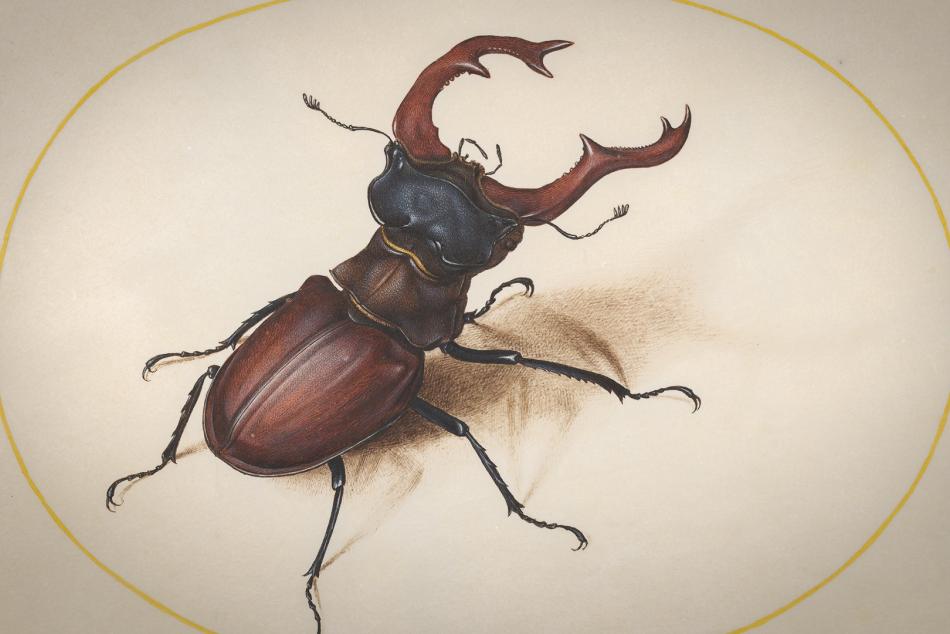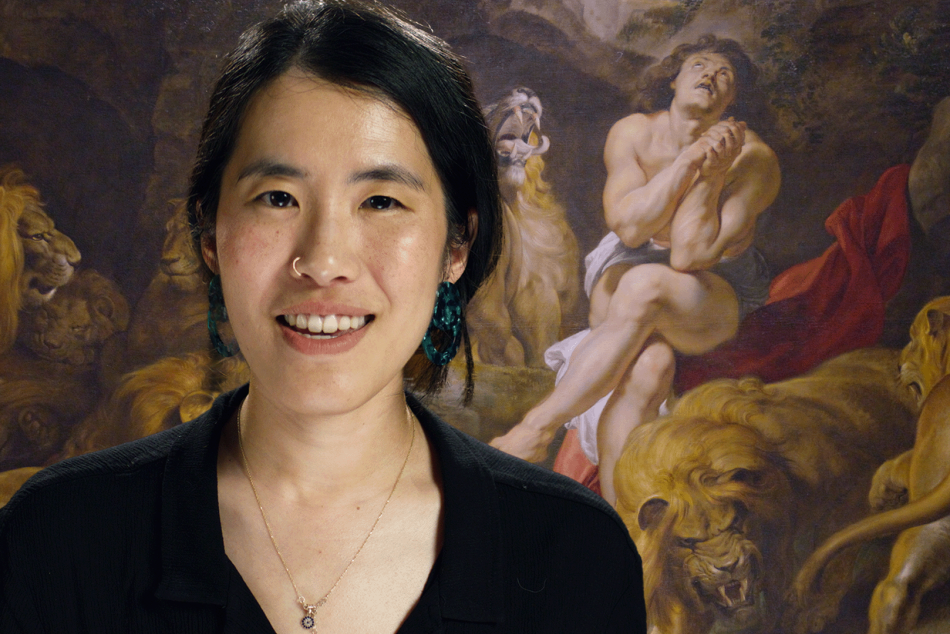Thomas Eakins and the “Grand Manner” Portrait
Wyeth Lecture in American Art, 2005

Codified in the late 18th century as a full-length, life-size portrait with impressive costume and attributes of rank and identity, the Grand Manner portrait evolved in the nineteenth century to suit the status-consciousness of a new, bourgeois era. Thomas Eakins (1844–1916), born and educated in Philadelphia and trained at the École des Beaux-Arts in Paris, absorbed the conventions of Grand Manner portraiture from baroque Spanish and Dutch works, from the English tradition of Sir Joshua Reynolds and Gilbert Stuart, and from the new naturalism of contemporary French art. Returning from Europe to Philadelphia in 1870, he launched a career as a figure painter that was, as Elizabeth Johns has argued, based on portraiture in many guises.
Eakins painted about two hundred fifty finished portraits in his lifetime (apart from portrait-related figure subjects), most of which depict the sitter at life size but on a small canvas that shows less than half the figure. But from the very outset of his career, and with increasing frequency after 1889, he essayed full-length portraits in the Grand Manner. Between 1870 and 1909, when he all but ceased painting, Eakins produced 36 full-length portrait figures, either seated or standing. A closer look at the choice and treatment of these relatively few sitters teaches us much about Eakins, his methods, and his values. If, as Oscar Wilde remarked, every great portrait is a picture of the artist, this “grand” series reveals in the most ambitious format the identity of the artist, covertly buried in the elaborate perspective coordinates of each composition, or enacted in a private pantheon of colleagues—artists, scientists, and teachers—that embody his grandest aspirations and mirror his sense of self.
Discover more

Video: What Do Kids REALLY Think About Art?
Sharp, hilarious, brutally honest kids react to some of our most iconic works.

Video: He Painted Bugs Like Jewels — And Changed Science
At a time when bugs were mostly feared or ignored, Joris Hoefnagel's exquisite insect drawings invited wonder—and helped change the course of scientific illustration.

Video: Look Closer: The Art of Devotion
Explore powerful stories of devotion, love, and artistic passion through iconic works of art—from religious masterpieces to revolutionary portraits.


